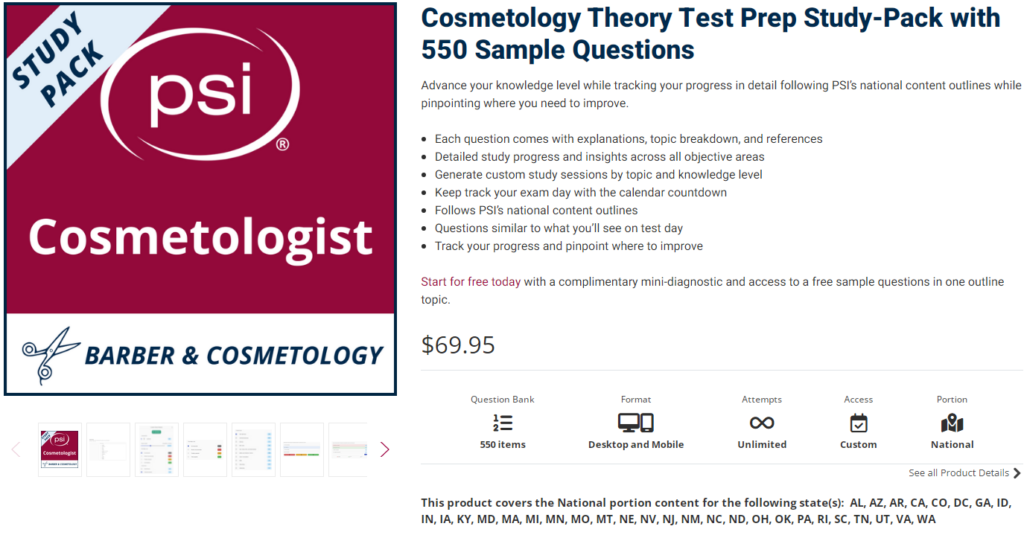La industria estadounidense del cuidado de uñas, conocida por su diversidad vibrante, ha visto contribuciones significativas de varios grupos étnicos a lo largo de los años. La comunidad latina, con su rica énfasis cultural en la belleza y el cuidado personal, ha sido una participante activa en este ámbito. Su presencia no solo se ve en los salones de uñas como consumidores, sino también como profesionales capacitados, influencers y empresarios. Sin embargo, el camino no está exento de desafíos.
Significado Cultural Profundo En muchas culturas latinas, la belleza y el cuidado personal tienen una profunda significación. Este valor cultural es evidente en varios dominios, desde el cuidado del cabello hasta el maquillaje y el cuidado de las uñas. Muchos empresarios latinos, reconociendo este pilar cultural, se han aventurado en la industria del cuidado de uñas, estableciendo sus propios salones y negocios.
Influencers, Artistas y Marcas El auge de las redes sociales ha introducido una nueva era para el arte de las uñas. Los influencers de belleza latinos, especializados en diseños y tendencias de uñas, se han hecho un hueco, guiando las evoluciones de la industria. Además, los empresarios latinos han ampliado las ofertas de la industria al lanzar sus propias líneas de esmaltes y creando herramientas adaptadas a las preferencias de su comunidad.
Desafíos en el Camino Si bien la industria de la belleza es vasta y llena de potencial, los latinos enfrentan desafíos específicos al aventurarse en la industria del cuidado de uñas. La competencia del mercado, la necesidad constante de mejorar habilidades y las normativas pueden representar obstáculos. Más pertinente aún son los desafíos de las barreras del idioma. Las pruebas de examinación, un paso crucial para la legitimización profesional, a menudo restringen a los hablantes no nativos de inglés.
En este contexto, hacemos un llamado a la comunidad latina para abogar por pruebas en múltiples idiomas junto con sus líderes comunitarios y representantes estatales. Es esencial recalcar que si una persona entiende matemáticas y saneamiento en español, es equivalente a entenderlo en inglés. El conocimiento debe ser el criterio de medición, no el idioma en el que se muestra.
Conclusión La implicación de la comunidad latina en la industria del cuidado de uñas refleja una combinación de valores culturales, espíritu empresarial y habilidad. Si bien persisten desafíos, en especial en el ámbito de las barreras del idioma y la representación, el camino a seguir está claro. Abogar por la inclusividad, oportunidades equitativas y representación puede llevar a una industria de la belleza verdaderamente diversa y rica. Con líderes y defensores presionando por el cambio, un horizonte más brillante e inclusivo es sin duda alcanzable.





























